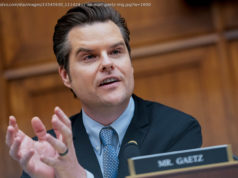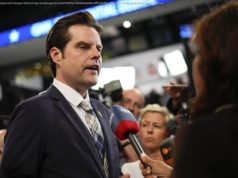Russia is exploiting historical discourses to justify its encroachments into independent Ukraine.
A political pamphlet published in 1762 described a conversation between “Great Russia” and “Little Russia”. In the exchange, the latter refused to be simply reduced to part of Great Russia and put forward its own unique history and identity. At the time, the name “Ukraine” did not yet designate a state. But the noun ukraina – a word that meant “borderland” in several Slavic languages – was already used to describe its future territory: the vast steppe region surrounding the Dnipro ( Dnieper) River and bordering the Black Sea. The term Little Russia was gradually abandoned in the age of nationalism, as 19th-century Ukrainian-speaking academics and thinkers decided to subvert the old derogatory term to devise the modern idea of Ukraine as a nation. But two centuries later under the leadership of Vladimir Putin, Russia is exploiting these historical discourses to justify its own encroachments into independent Ukraine. He made his sentiments clear in an article from July 2021 published on his presidential web page when he wrote of Russians and Ukrainians as “one people – a single whole”. The capital of Ukraine, Kyiv (or Kiev), has been repeatedly described as the “ mother of Russian cities ”. Kyiv was at the centre of the Kyivan Rus’ (882-1240), an Orthodox medieval state to which Russian leaders – from the tsars to Putin – trace the origins of their country (an ancestry also asserted by Belarus and Ukraine). The claim is often used to support Russia’s claims over Ukrainian territories. But this is a misconception. While the predecessor of the Russian empire, Muscovy, rose in the aftermath of the Mongol invasion (1237-’40) that marked the end of the Rus’, the rulers of Moscow only took control of Kyiv 500 years later. Claiming Kyivan origins was rather a convenient method to negate the Mongol and Tatar element shaping Muscovy’s early development and instead give Russia an Orthodox past, with tsars apparently appointed by God. Russia’s territorial sway over the remains of the Rus’ was limited by the Polish-Lithuanian Commonwealth (1569-1795), a bi-federation of the two powerhouses of central Europe. Most of the region known as Ukraine remained outside Russian authority until the final partition of Poland in 1795. Ukraine is one of the largest states in Europe and its geography was influenced by many more realms than just Russia. Since Ukraine originally meant “borderland”, the territory was a target for several kingdoms – not just Russia, but also the Khanate of Crimea, the Kingdom of Poland, and the Habsburg and Ottoman empires.






